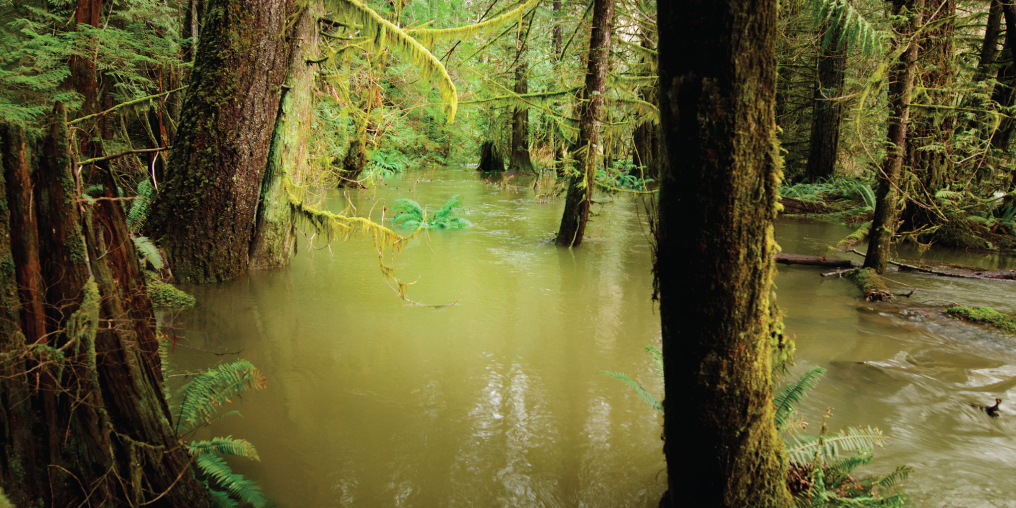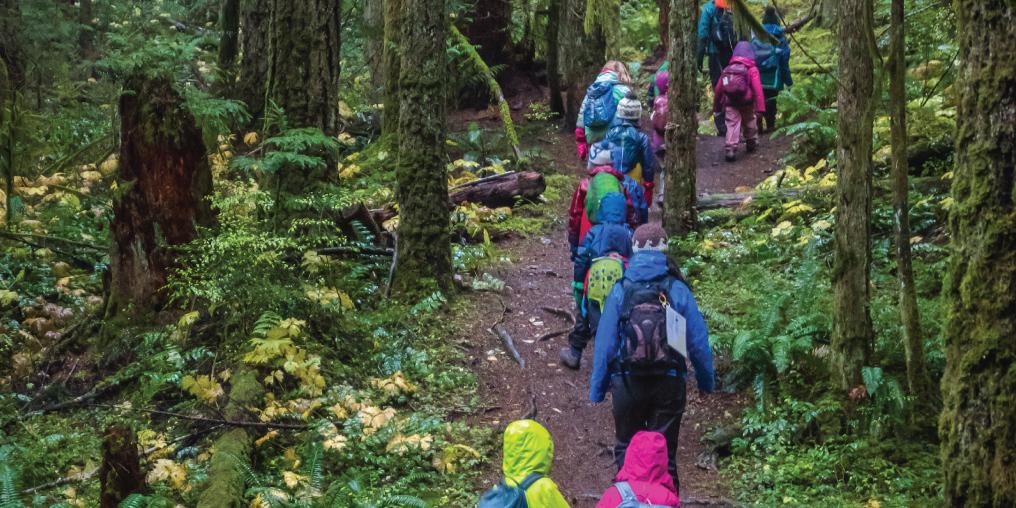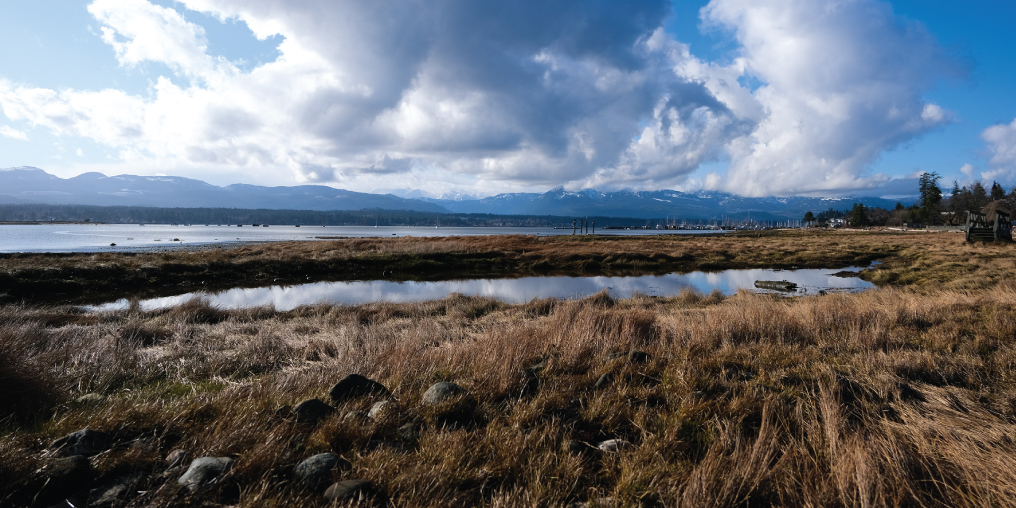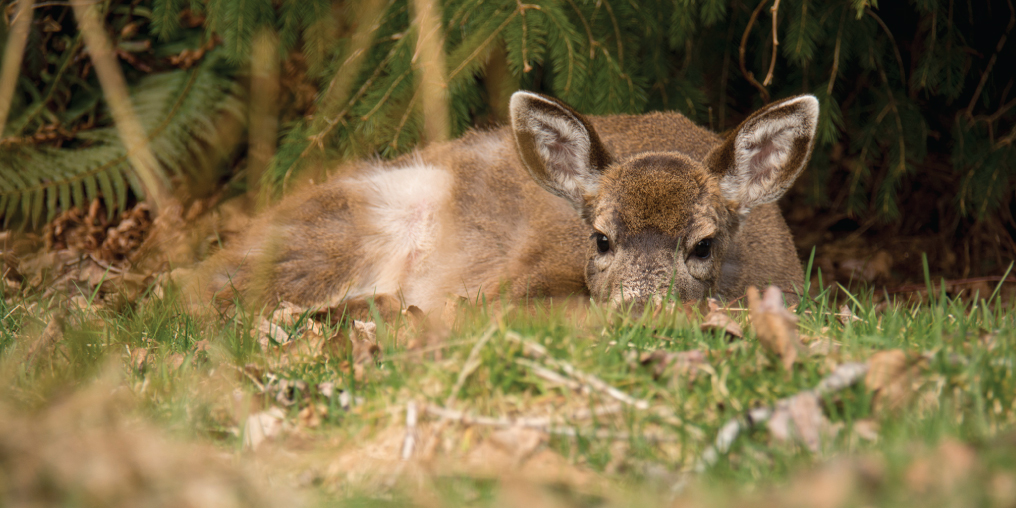British Columbia is home to more biological diversity than any other Canadian province or territory. This ‘species richness’ is a result of BC’s tremendous landscape-scale diversity that includes rich marine and intertidal environments, coastal and interior temperate rainforests, oak-arbutus woodlands, alpine and subalpine areas, lakes, rivers and wetlands, semi-arid grasslands, deserts, and boreal forests. Creating, playing, and exploring within such iconic and varied landscapes is what inspires so many of us to be concerned about the natural environment. It should come as no surprise that compared to the rest of Canada, BC also has the greatest number of Environmental Non-Government Organizations (ENGOs) dedicated to protecting and stewarding this incredible natural heritage.
Understanding the constellation of ENGOs in BC can be a significant challenge. Each one is unique in its geographic area of concern, its focus and mandate, as well as its means of achieving success. A cryptic web of acronyms, similarity in names, and overlapping programs occasionally causes confusion—the Comox Valley is no exception. Understanding the basic categories or types of ENGOs can be helpful in navigating through the maze. In simplistic terms, there are three basic categories of ENGOs: environmental advocacy groups (e.g., The Ancient Forest Alliance, which advocates for the protection of old-growth forests in BC), stewardship groups (e.g., Millard-Piercy Streamkeepers, which undertake projects to enhance Millard and Piercy Creeks), and land trusts.
Land trusts are perhaps the least understood. In essence, land trusts are a specific type of ENGO, which take direct action to protect private lands with high conservation values. This typically involves receiving donations of ecologically significant land, purchasing land outright from a willing seller, or by registration and management of conservation covenants, thereby holding land ‘in trust for the benefit of future generations of human and non-human life’. Land trust organizations operate at a variety of geographic scales. For example, Ducks Unlimited Canada works nationally, whereas The Nature Trust of BC works provincially. In BC, many communities also have a land trust that works locally, as is the case here in the Comox Valley.
The Comox Valley Land Trust (CVLT) is the only land trust with a specific objective to protect ecologically significant private land within the Comox Valley. The CVLT is a membership-based, grassroots organization that was established as a registered charity in 1998 by a small group of concerned local Comox Valley residents who were dismayed with the loss of natural habitat taking place in our community. Since its inception, the CVLT has been involved with, and continues to play a critical role in a number of important local conservation projects including the Cumberland Community Forest, the Ruth Masters Greenway, Sandwick Park, and the Hurford Hill Nature Park, to name just a few.
Despite the successes of the Comox Valley Land Trust and its partners, the need to accelerate the protection of ecologically significant private land in our community is only becoming more urgent. An analysis of the current status of sensitive ecosystems completed by the CVLT and government partners highlights some disturbing trends for private lands in the eastern half of the Comox Valley (Comox Lowlands). For example, we have lost all of our intact Garry oak woodlands, and all of our intact coastal bluffs, dunes and spits; furthermore, there are no more old-growth forests left. We continue to lose wetlands and riparian areas at an alarming rate, along with mature second-growth forests. The analysis suggests that as of 2016, we have as little as 4% of our ‘pre-contact’ ecosystems remaining in an intact condition within the Comox Lowlands area. Even if the rate of habitat loss from logging, residential development, and agricultural land conversion decreases by half of what it has been in the past 10-20 years, the Comox Lowlands will be left with only 1% of its original ecosystems in an intact condition by 2025.
One percent is not enough to sustain the complete suite of species that have called the Comox Valley home for millennia. In fact, many species have already been lost, such as the yellow prairie violet, which requires intact Garry oak habitat. Likewise, there are no longer any breeding populations of marbled murrelets here—they require old-growth forests to nest. Western screech-owls, which once occupied the riparian forests of the Comox Lowlands, are also gone. Several other species are hanging on by a thread. For example, there is one breeding pair of northern goshawk and one small, isolated population of sand-verbena moth. Enough is enough.
Given that this landscape is nearly entirely comprised of private land, there is a demonstrable need for accelerated efforts by the land trust sector. If we, the community of the Comox Valley, are to pass on a legacy of healthy ecosystems to future generations, partnerships with local governments (and private landowners and others) are essential. Philanthropic support from residents and local businesses is critical to developing the grassroots conservation solutions that are required to protect and restore the vibrant ecological communities that belong in the Comox Valley.
To address these urgent conservation needs, CVLT has developed two programs: the Land Protection Program and the Comox Valley Conservation Strategy Community Partnership. The Land Protection Program identifies the most important lands for conservation through a science-based planning methodology. Once identified, high priority parcels of private land are then targeted for protection by contacting the respective landowners and attempting to negotiate a conservation outcome based on a legally-durable set of real estate options. These could include land donations, the donation of a conservation covenant, long-term lease or even the outright purchase of the property. In many cases, the Comox Valley Land Trust is able to contribute technical expertise toward conservation-based private land protection projects that are championed by partners like local governments, who may strive to acquire land for parks.
No matter how successful the Land Protection Program may be, conserving high-priority parcels of private land and the careful stewardship of unprotected lands and waters is essential to maintaining the healthy functioning of ecological systems in the long term. The Land Trust’s other program, the Comox Valley Conservation Strategy Community Partnership (CVCS), was established to address this need. The CVCS is supported by twenty two local autonomous partner groups: stewardship based ENGOs, advocacy based ENGOs, and local residents’ associations. By working together, the CVCS is able to undertake projects that encourage the protection and restoration of natural environments with broad support and coordination. The CVCS has worked with local governments to incorporate strong environmental values into regulations, policies, official community plans, and the Regional Growth Strategy. Currently the CVCS is working with local governments toward improved environmental development permit area regulations, the repair and safeguarding of the Comox Lake Drinking Watershed, and a tree protection bylaw for the City of Courtenay that accounts for the retention and restoration of urban forests.
The projects that the CVCS works on provide multiple benefits for our local community residents, and improve the stewardship of the Comox Valley’s unprotected ecosystems. The CVCS has worked toward a watershed protection plan for the Comox Lake Drinking Watershed that values restoration and conservation of natural ecosystems, and services like filtration and flood mitigation. The CVCS continues to encourage local governments to adopt integrated storm-water management plans that include green asset management strategies (using the free services that nature provides to reduce engineered infrastructure costs to achieve flood mitigation), and urban forest management plans (which outline how the municipality will manage urban forests, and protect the benefits like pollution control and carbon sequestration that they provide to community residents). Together, the two programs of the Comox Valley Land Trust help to address conservation issues in the Comox Valley on multiple fronts.
Our community knows the value of natural ecosystems, functioning habitats, and healthy ecology. It is evident in how we live, play, and create within our beautiful surroundings. The dedicated volunteers and staff of the ENGOs in the Valley are also the people who we see on the trails and who we bike or paddle alongside. The Comox Valley Land Trust and community partners are the means of addressing conservation issues on a practical level, so that the love of nature that is reflected in our social community is also protected in our physical one.
To learn more about conservation efforts in the Comox Valley, and what you can do to help, find us on Facebook or Instagram.
To be part of the solution, become a member of the Comox Valley Land Trust by signing up online at www.cvlandtrust.ca, and join others to support the protection of the natural diversity of species and ecosystems that inspire us all to live, work, and play in the Comox Valley.
PROFILE OF COMMUNITY IN ACTION SPONSORED BY NORTH ISLAND UROLOGY





